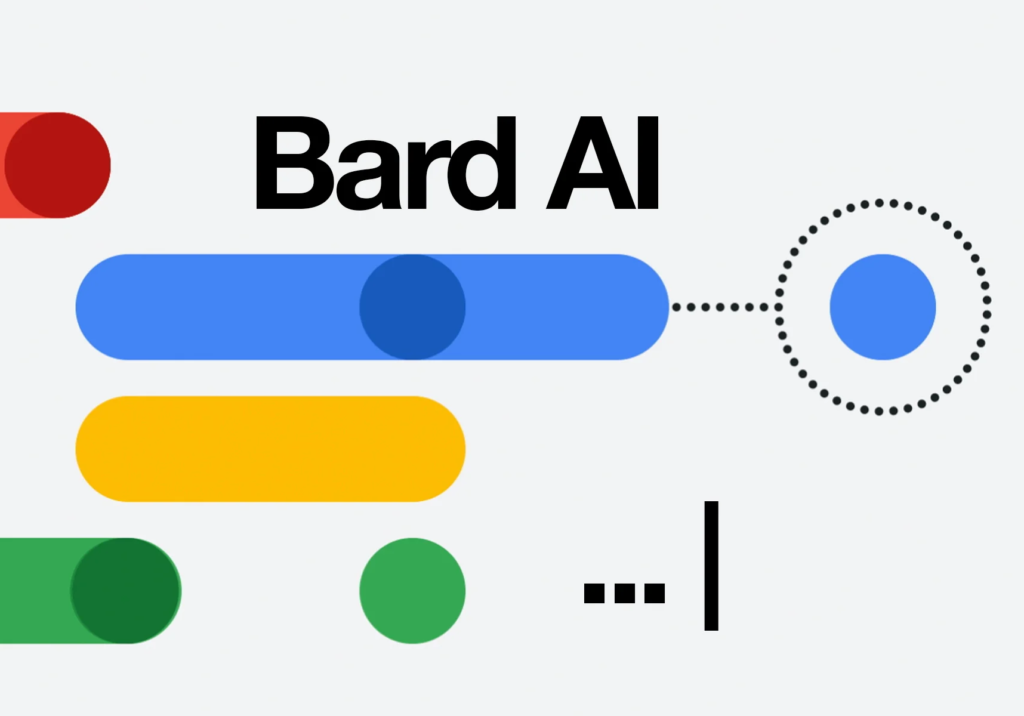
What is Google Bard?
Bard is Google’s experimental, conversational AI chat service that functions similarly to ChatGPT. The key difference is that Bard pulls its information from the web, offering a broader range of knowledge. It can assist with coding, math problems and various writing needs.
When was Google Bard announced?
Bard was unveiled on February 6, accompanied by a statement from Sundar Pichai, the CEO of Google and Alphabet. While Bard was a new concept at the announcement, it was powered by Google’s Language Model for Dialogue Applications (LaMDA), which had been introduced two years prior.
How does Google Bard work?
Google Bard is powered by PaLM 2, Google’s most advanced large language model (LLM) unveiled at Google I/O 2023. PaLM 2 is an enhanced version of PaLM, offering greater efficiency, improved performance and fixes for previous issues. Initially, Bard used a lightweight model version of LaMDA for scalability and accessibility.
Who has access to Google Bard?
At Google I/O, it was announced that there would no longer be a waitlist for Bard, making it available to the general public. Previously, a waitlist had granted limited access to users in the US and UK on a rolling basis.
What languages is Bard available in?
At present, Bard is accessible in over 40 languages and is accessible in more than 230 countries and territories worldwide.
Controversy around Google Bard
Bard faced some challenges during its launch, including delivering inaccurate information about the James Webb Space Telescope (JWST) in a demo. Google acknowledged the importance of rigorous testing and initiated a Trusted Tester program to address such issues. Feedback regarding Bard’s performance indicated longer wait times, difficulty answering basic questions and a lack of automatic source inclusion. Compared to established competitors like ChatGPT and Bing Chat, Google CEO Sundar Pichai described Bard as a “souped-up Civic.”
Why did Google decide to unveil Google Bard now?
The popularity of ChatGPT, with over a million users within a week of its release, prompted Google and other tech companies to enter the AI chatbot space. Microsoft also unveiled an AI-improved Bing within the same timeframe.
Other AI services by Google
Google has developed various AI services, some of which have not been released to the public yet. Imagen, an AI image generator, is being developed as an alternative to OpenAI’s DALL-E. Additionally, Google has an AI music generator called MusicLM, but there are currently no plans for its release. Google recognizes the risks associated with these models, such as misappropriation of creative content and inherent biases in training data.
By staying at the forefront of AI chatbot technology with Bard and investing in other AI services, Google aims to provide innovative solutions while ensuring performance, accuracy, and ethical considerations.
Conclusion
Google Bard represents Google’s foray into the AI chatbot landscape, aiming to provide users with an experimental and conversational experience. With the ability to gather information from the web, Bard expands the breadth of knowledge it can offer. Despite facing some challenges during its launch, Google has taken steps to address concerns and improve Bard’s performance.
As the popularity of AI chatbots continues to rise, Google’s decision to introduce Bard reflects the company’s commitment to remaining competitive in the field. Additionally, Google’s development of other AI services, such as Imagen and MusicLM, showcases its ongoing exploration of AI-driven solutions across different domains.
While the technology behind Google Bard and its other AI services holds significant potential, Google also recognizes the importance of responsible development and addressing potential pitfalls. By prioritizing rigorous testing, ethical considerations and performance optimization, Google aims to provide users with cutting-edge AI tools that deliver accurate and helpful responses. As Google Bard evolves and expands its language support, it will be interesting to see how it competes with established AI chatbots and addresses user feedback. The advancements in AI technology not only provide users with powerful tools but also drive innovation and exploration in various fields.

Fantastic. Very informative